DAMPS phones
In our century , the year of high technology, nanorobots, touch phones, what can surprise an average person? Perhaps the state of affairs 15 years ago? I suggest that readers briefly go back to the time when the phone cost as a used nine and was a sign of the owner’s involvement in the “higher caste”.

Scratching my acquaintances across the bottom of the barrel, I brought to light the old phones of the DAMPS standard that had vanished into oblivion. Unfortunately, it was not possible to get very monstrous instances that did not fit in your pocket, but something interesting still was found.
Almost all telephones of that time had external antennas, because operators could not yet provide good coverage. Many antennas were even retractable (such pictures can often be seen in old movies). By the way, one of the advantages of analog communication standards is that with a weak signal noises are added to the conversation, but it does not fail and does not disappear, as it happens, for example, in digital GSM. In addition, there were no sim-cards, and the phone was registered on the network by its ESN (it can be said, an analogue of the MAC address), which should have been registered on the equipment of the operator. ESN, usually listed under the battery.
So, to the point.
The legendary Ericsson - a manufacturer of telecommunications equipment and one of the pioneers of wireless networks - was founded in 1876. There was a period in their history when they released cell phones, and the union of Sony-Ericsson Mobile Communications grew from this enterprise. And here is one of the copies in the photo in front of you: Ericsson DF388.

')
A solid brick weighing 250 grams worked in AMPS 800 and TDMA 800 standards. It had a monochrome three-line display, the ability to send SMS, save 200 numbers in a notebook and the last 10 incoming calls, automatic redial, keypad lock, talk time counter, two speakers (call and conversation). The base was metal, and the front panel and the battery is made of thick, strong plastic. By the way, the battery is more than one and a half centimeters thick, so it was very inconvenient to carry it in your pocket, however it had a convenient holder for a belt.

Flip performed - the only function - to protect against accidental clicks. That is, the opening of the flip during a call could not take the call.
Antenna, by the way, is flexible on it.
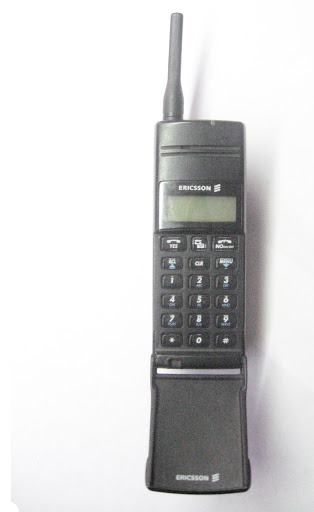
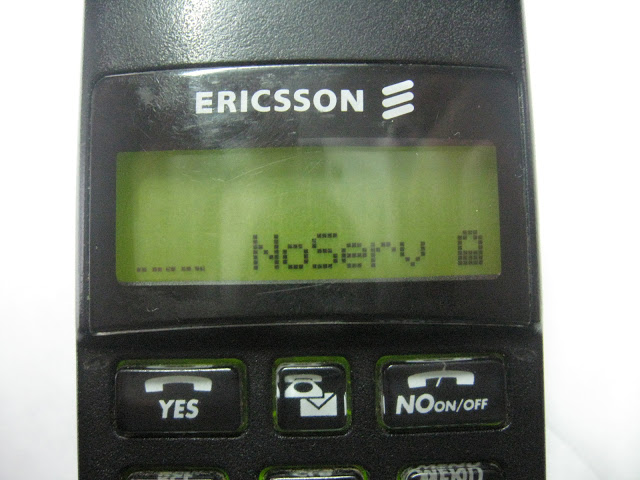
The creator of the world's first pager and the world's first mobile phone (DynaTAC 8000X) is the giant Motorola. A descendant of their first phone was the S5002A - significantly smaller than its ancestor, but nevertheless large and weighty.
It was not possible to find detailed information on it, but I got it without a battery. It used a LED-display, and the meaning of the indicators on the sides of the screen and buttons with strange inscriptions: RCL, STO - we can only guess.
The flip is already truly functional and allows you to take a call when you open it. Interestingly, a line is drawn behind the battery, meaning that when closing, the top edge of the battery should be applied to this place, and the arrows above it should be moved in the direction (in the photo above the upper sticker).
From this phone, the first call was made from Kemerovo to Novokuznetsk after building a network. Just imagine what it means to hold it in your hands.
The phone fell from the height of the second floor, after which it received a slightly broken edge and a cracked glass display. Try to throw modern nokiyu?

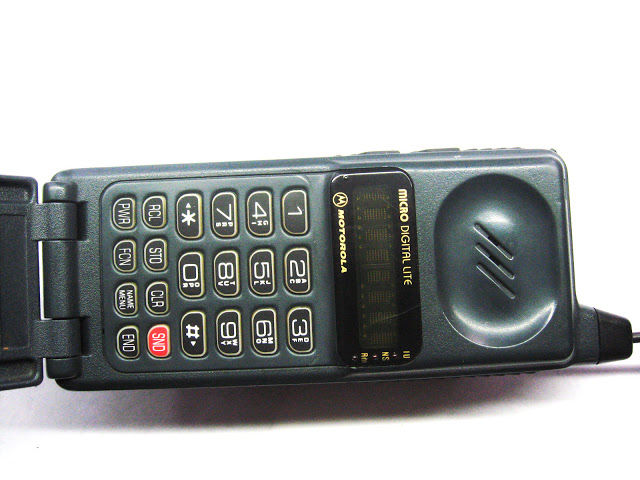

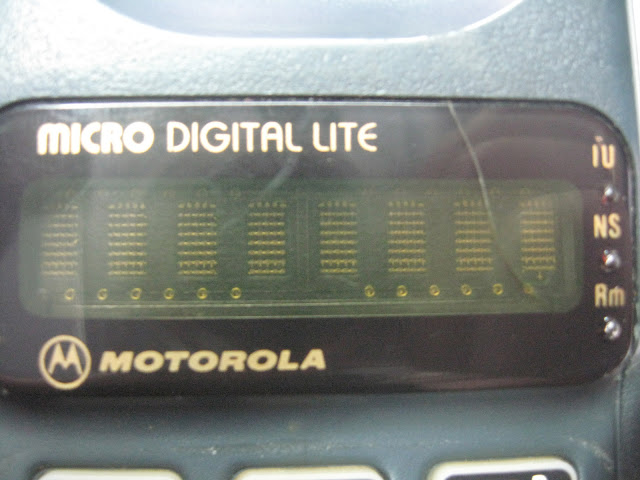
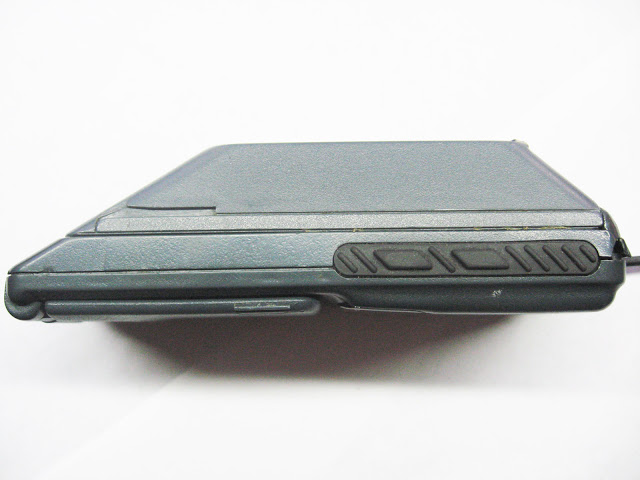
And this is a real breakthrough: Motorola StarTAC S6648A. Its appearance is such a significant event that the wiki page is devoted to it; you can call it a kind of revolution: it is the first folding phone, the lightest phone in the world (88 g), compact, uses a lithium-ion battery, while all other nickel-metal hydride and customizable vibration alert.

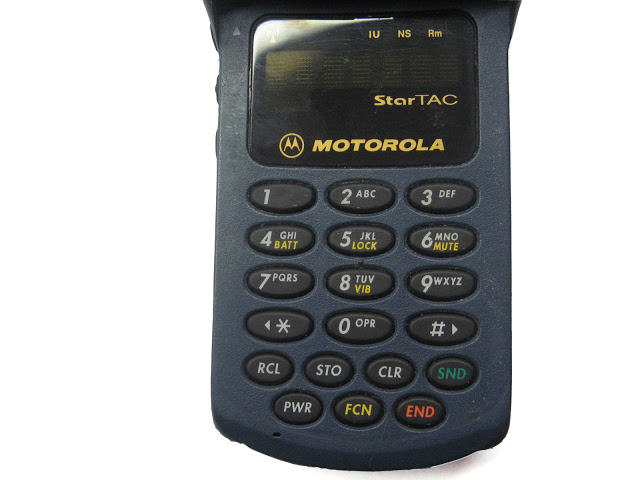

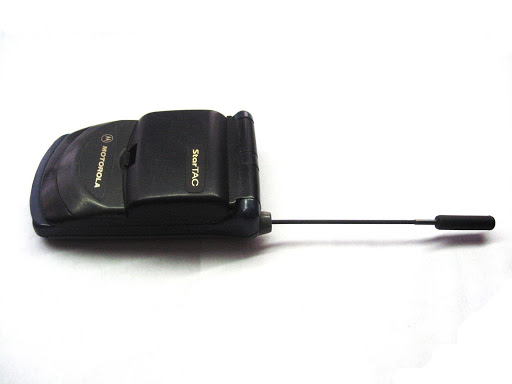

By the way, this phone was the victim of a long conversation. Overheated, it seems, the transistor melted a hole in the case:

The following three Nokia brand phones are the great-grandfathers of our modern crafts.
It weighs 170 g. Five-line monochrome LCD-display, polyphony, radio. But, as I was corrected in the comments, this is an NMT451 standard phone. I will give it just for example.
This unit instead of the display is inserted a white sheet of paper. And the display itself was implanted in a similar serviceable model.


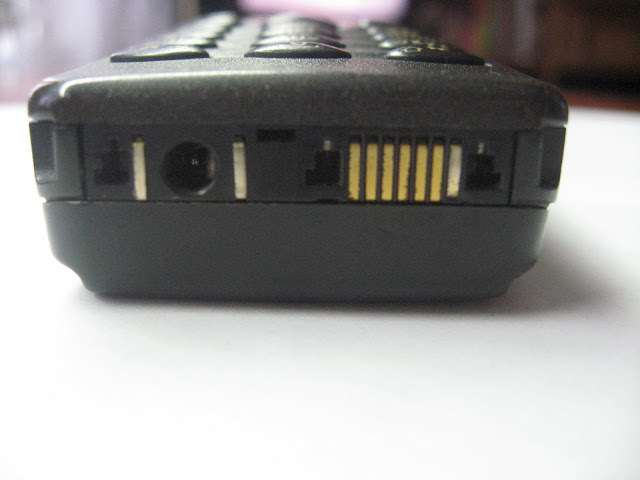

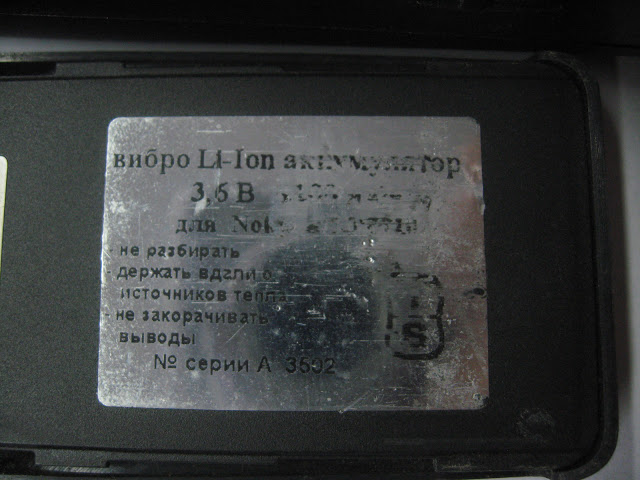
Nokia 6120iA differs slightly from it.

But this one is more like a modern phone. Nokia 8260. In terms of functionality, it resembles a Nokia 1100 GSM phone.

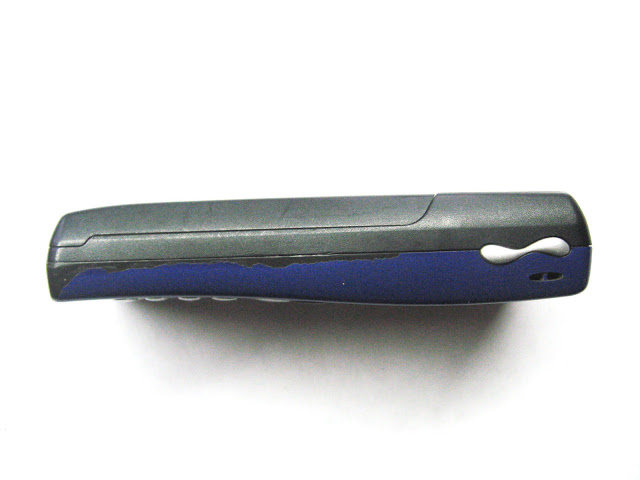


So I will take my leave.
And I apologize for the quality of the photo.

Scratching my acquaintances across the bottom of the barrel, I brought to light the old phones of the DAMPS standard that had vanished into oblivion. Unfortunately, it was not possible to get very monstrous instances that did not fit in your pocket, but something interesting still was found.
Almost all telephones of that time had external antennas, because operators could not yet provide good coverage. Many antennas were even retractable (such pictures can often be seen in old movies). By the way, one of the advantages of analog communication standards is that with a weak signal noises are added to the conversation, but it does not fail and does not disappear, as it happens, for example, in digital GSM. In addition, there were no sim-cards, and the phone was registered on the network by its ESN (it can be said, an analogue of the MAC address), which should have been registered on the equipment of the operator. ESN, usually listed under the battery.
So, to the point.
Ericsson DF388
The legendary Ericsson - a manufacturer of telecommunications equipment and one of the pioneers of wireless networks - was founded in 1876. There was a period in their history when they released cell phones, and the union of Sony-Ericsson Mobile Communications grew from this enterprise. And here is one of the copies in the photo in front of you: Ericsson DF388.

')
A solid brick weighing 250 grams worked in AMPS 800 and TDMA 800 standards. It had a monochrome three-line display, the ability to send SMS, save 200 numbers in a notebook and the last 10 incoming calls, automatic redial, keypad lock, talk time counter, two speakers (call and conversation). The base was metal, and the front panel and the battery is made of thick, strong plastic. By the way, the battery is more than one and a half centimeters thick, so it was very inconvenient to carry it in your pocket, however it had a convenient holder for a belt.

Flip performed - the only function - to protect against accidental clicks. That is, the opening of the flip during a call could not take the call.
Antenna, by the way, is flexible on it.


Motorola S5002A
The creator of the world's first pager and the world's first mobile phone (DynaTAC 8000X) is the giant Motorola. A descendant of their first phone was the S5002A - significantly smaller than its ancestor, but nevertheless large and weighty.
It was not possible to find detailed information on it, but I got it without a battery. It used a LED-display, and the meaning of the indicators on the sides of the screen and buttons with strange inscriptions: RCL, STO - we can only guess.
The flip is already truly functional and allows you to take a call when you open it. Interestingly, a line is drawn behind the battery, meaning that when closing, the top edge of the battery should be applied to this place, and the arrows above it should be moved in the direction (in the photo above the upper sticker).
From this phone, the first call was made from Kemerovo to Novokuznetsk after building a network. Just imagine what it means to hold it in your hands.
The phone fell from the height of the second floor, after which it received a slightly broken edge and a cracked glass display. Try to throw modern nokiyu?





Motorola StarTAC S6648A
And this is a real breakthrough: Motorola StarTAC S6648A. Its appearance is such a significant event that the wiki page is devoted to it; you can call it a kind of revolution: it is the first folding phone, the lightest phone in the world (88 g), compact, uses a lithium-ion battery, while all other nickel-metal hydride and customizable vibration alert.





By the way, this phone was the victim of a long conversation. Overheated, it seems, the transistor melted a hole in the case:

The following three Nokia brand phones are the great-grandfathers of our modern crafts.
Nokia 650
It weighs 170 g. Five-line monochrome LCD-display, polyphony, radio. But, as I was corrected in the comments, this is an NMT451 standard phone. I will give it just for example.
This unit instead of the display is inserted a white sheet of paper. And the display itself was implanted in a similar serviceable model.





6120iA
Nokia 6120iA differs slightly from it.

Nokia 8260
But this one is more like a modern phone. Nokia 8260. In terms of functionality, it resembles a Nokia 1100 GSM phone.




So I will take my leave.
And I apologize for the quality of the photo.
Source: https://habr.com/ru/post/84142/
All Articles